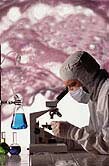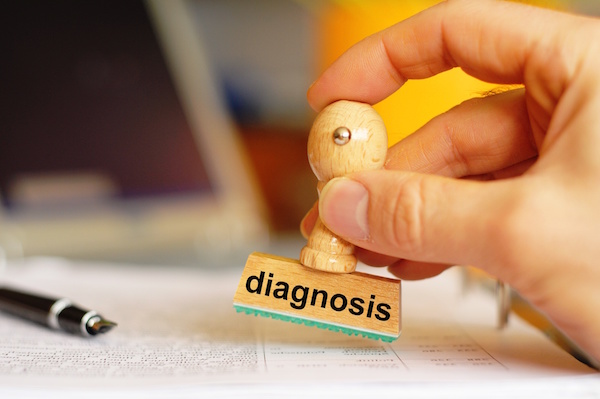
THURSDAY, March 10 (HealthDay News) — The number of cancer survivors in the United States climbed to 11.7 million in 2007, government health officials reported Thursday.
That’s a dramatic increase since 1971, when there were 3 million survivors, and also since 2001, when there were 9.8 million survivors, according to a new report from the U.S. Centers for Disease Control and Prevention and the U.S. National Cancer Institute (NCI).
“The percentage of people surviving cancer in the U.S. continues to grow,” said report co-author Arica White, a CDC epidemic intelligence service officer. “Life is not over when you get cancer.”
“Many people are living a long time after diagnosis, and this is especially true for cancers that we have the ability to detect early,” White added.
Of the 11.7 million people living with cancer in 2007, 7 million were 65 or older, according to the report published in the March 11 issue of the CDC’s Morbidity and Mortality Weekly Report.
“These numbers are really driven by the aging population, which is at a higher risk for cancer,” White said. The number of cancer survivors is expected to grow as the aging population grows, she explained.
Most of the survivors (54 percent) are women, with survivors of breast cancer making up the largest group, at 22 percent.
After that comes men who have survived prostate cancer (19 percent), and then people who have survived colon cancer (10 percent), according to the report.
Many survivors, 4.7 million, were first diagnosed 10 or more years ago, the researchers added.
In addition to the aging population, the increase in the number of survivors is due to earlier diagnosis and better diagnostic methods, better treatment and more follow-up care after treatment, the researchers said.
Bart Frazzitta of New York City, who has survived advanced esophageal cancer for more than a decade, attributed his survival to the chemotherapy, surgery and radiation he underwent. “It’s most of all being lucky,” he said.
In addition, after treatment he modified his lifestyle by stopping drinking and other unhealthy habits.
“Having cancer has changed my life to the better,” Frazzitta said. “It’s helped me to appreciate life. To stop and smell the roses.”
“There is now a growing number of people who have faced a cancer diagnosis which affects them and their loved ones from the time of diagnosis through the rest of their lives,” Julia H. Rowland, director of NCI’s Office of Cancer Survivorship, said in a statement.
“Unfortunately, for many cancer survivors and those around them, the effect of cancer does not end with the last treatment. Research has allowed us to scratch the surface of understanding the unique risks, issues and concerns of this population. This report underscores the need for continued research, as well as for the development and implementation of best practices to provide optimal care and support for all cancer survivors,” she added.
Dr. Peter Kozuch, a medical oncologist at Beth Israel Medical Center in New York City, noted that more people are surviving cancer because more people are living longer. “This is, unfortunately, one of the unintended rewards of living to a ripe old age, the increased chance of cancer,” he said.
“Lastly, more effective therapies — be it surgery, radiation or chemotherapy — allow people to be cured of cancer or live with cancer longer,” he added.
Kozuch noted that screening for breast cancer and colon cancer has resulted in earlier diagnosis and treatment, which leads to better survival.
However, there are some cancers that remain hard to detect early and treat effectively, Kozuch said.
For example, “when it comes to pancreatic cancer and brain cancer, not only are we at the earliest stages of determining at-risk individuals, but we are still very much on the ground floor when it comes to methods of early detection and methods of intervention,” he said.
The best way to prevent cancer is with a lifestyle that includes a prudent diet, no smoking and being physically active, Kozuch said.
More information
For more on cancer prevention and control, visit the CDC.

